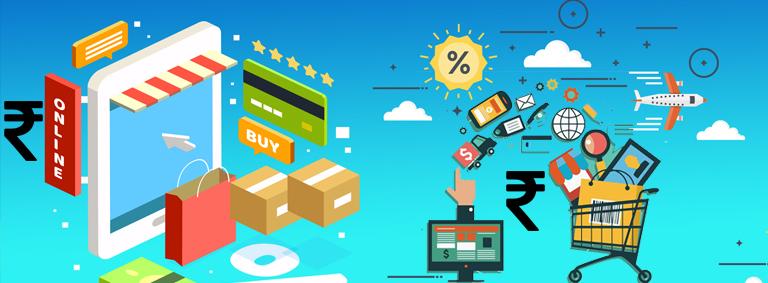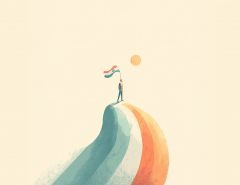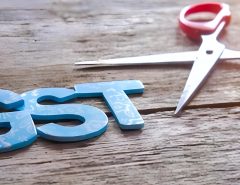India is currently the world’s one of the fastest growing countries, with an aggressive annual GDP growth rate. Domestic consumption which is close to 60% of the GDP today, is expected to grow close to a US$ 6 trillion opportunity by 2030. Three of the major triggers driving this trend includes the middle-class sector, growing working age-population and digital disruption.
These are expected to grow at a considerable rate by the year 2030 and are the key sources building the consumption habits of the country. With such a powerful transformation foreseen for the industry, it is important to design an intense network of marketing channels and derive failsafe marketing solutions to cater to the consumption behaviors.
Today’s consumers, especially in the urban areas, are extremely evolved and expect their shopping experience to be seamless across every channel, whether it’s a brick-and mortar store, an e-commerce website, a mobile app, or even a call with customer care. Internet of Things (IoT) technology is already revolutionizing the retail industry. In order to cater to this evolved and digital savvy consumer base, brands are innovating and overhauling their business models.
With around 500 million internet users, we are the second largest country with such a large base of internet users, leading to a sharp rise in the importance of e-commerce. While general trade still contributes to about 90% of the FMCG industry, with over nine million stores in the upcoming multichannel age, modern trade and e-commerce will be at the forefront to address the shopping needs of the evolving consumers. This will further offer a greater choice and assortment of products. The Indian retail industry is witnessing the entry of new players at a speed never seen before and is expected to nearly double in the future.
In 2018, India had the largest working-class population (15-59 years) of over 700 million people with 50% of population being less than 25 years of age and 65% being less than 35 years of age. The middle-class segment is expected to grow from 50 million in 2015 to 475 million in 2030. In addition to that the proportion of nuclear households, which has been on the rise, is projected to reach 78% by 2025. These factors further demand an enhanced consumer engagement and seamless shopping experience. It is therefore important for brands to increase their online presence. It is key to strengthen the digital supply chain and optimize digital marketing operation as digital platform will be one of the dominating focus areas in the near future.
For holistic business growth, it is essential to drive synergy between different channels and to deliver a unified and channel agnostic consumer experience. This is an exciting opportunity for both online and offline channels to collaborate and serve the customers better. Exploring options such as renowned retail majors investing into or partnering with offline retail majors is only one of many solutions for businesses of today to unlock growth tomorrow.
(The author is Co-Chair, FICCI FMCG Committee, and MD, Hershey India)





